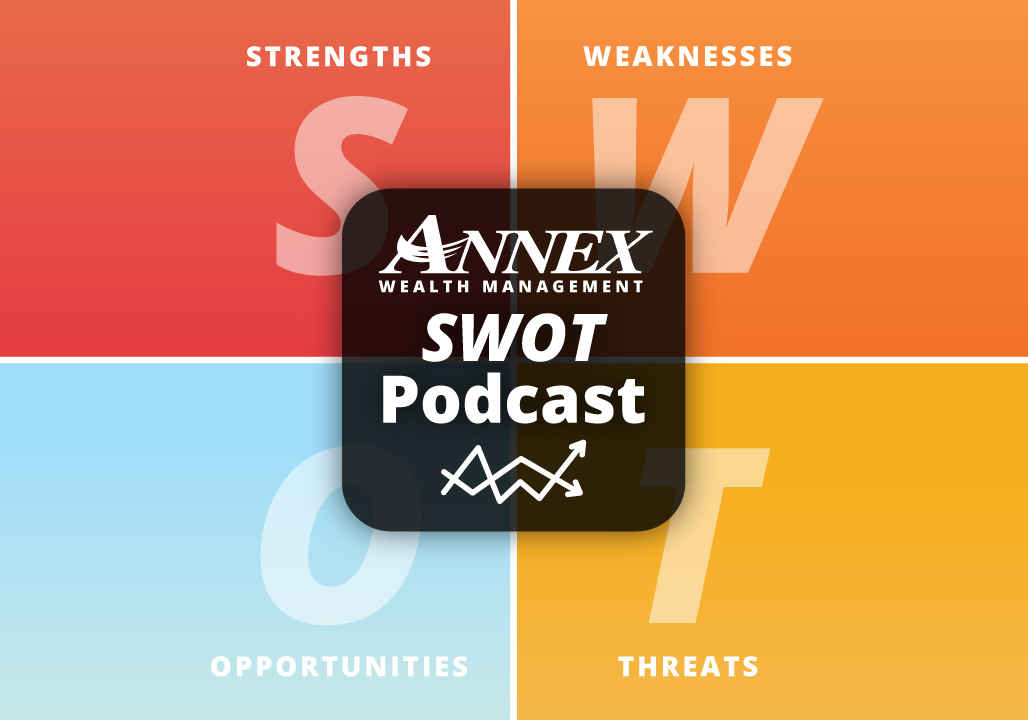
What is the current state of the economy and where might it be heading? Annex Wealth Management’s Mark Beck and Brian Jacobsen discuss.

Last week we asked Axiom readers to tell us when they do their mid-year tax planning, if they do it at all!
The results of just whether or not folks even do mid-year tax planning was just about split down the middle, with 48% who do and 52% who don’t.
Of the 48% who take the time to assess their tax plans during the middle of the year, July was the most popular month, followed by August and then June.
There are quite a few reasons why it’s a good idea to consider mid-year tax planning. Recently we had Wealth Strategist and Estate Planning Attorney Amy Kiiskila, JD, CFP®, CPA, CLU® join Danny Clayton in the radio studio to talk about what steps individuals can take when it comes to mid-year tax planning.
Have a listen!
Mid-Year Tax Planning
BACK TO TOP ↑
The Difference Maker Of The Game
Brewers vs. Reds | July 15, 2023

Click to listen!
Check out the full archive HERE.
BACK TO TOP ↑
Buy Low, Sell High, Diversify
Diversification is a key part of a well-crafted portfolio. When an investor diversifies, they spread investments across different sectors and investment vehicles.
Many studies and mathematical models show that maintaining a well-diversified portfolio can be one of the most cost-effective ways to reduce risk. Investors diversify to lower risk, because risk is higher when everything is placed into one investment, which has only one set of outcomes.
This week’s MoneyDo is “Diversify Your Investment Portfolio – Properly” because unfortunately, diversification can be harder than it seems.
1. Continuous monitoring is necessary, which is time-consuming and sometimes, costly. Most experts suggest investing in 20 stocks or more. Researching, and then managing the transactions for your current holdings – while planning your future portfolio – can take time and cost money.
2. Buying a variety of mutual funds doesn’t necessarily mean you’re diversified. Mutual fund managers will sometimes be overweight in one sector or stock to help boost the fund’s return. If you hold multiple mutual funds engaged in the same tactic – relying on the same stock or mutual fund – you may not be as diversified as you thought.
3. Your understanding of the strengths and weaknesses of the universe of investments will be critical. Diversification doesn’t just mean investing in different asset classes, but also rotating between types of investments.
4. It’s possible to be over-diversified. It can be easy to forget why you’re diversifying at all: to mitigate risk while still seeking to reach your goals for retirement and beyond. Instead, the strategy may become the goal. In addition to the demands of diversification, most experts agree that you’ll need to rebalance your portfolio. Rebalancing is a critical part of maintaining your investments.
As you set up your portfolio, you’ll often start with a predetermined mix of asset classes and investment types. If you leave your portfolio unattended, you’ll find that one class or investment type has blossomed while others may have lagged. Rebalancing means trimming back one area and maintaining your predetermined mix.
Diversification is hard work, and it almost always requires a financial plan to help you stay focused on your true goals. If you’re struggling with staying diversified properly – or even concerned how to start – find an advisor you can trust to help you sort through your goals, your risk tolerance, and help keep you on track.
BACK TO TOP ↑

BACK TO TOP ↑
BACK TO TOP ↑
Annex Wealth Management provides free workshops, open to the public, on key wealth management topics.
BROWSE EVENTS →
